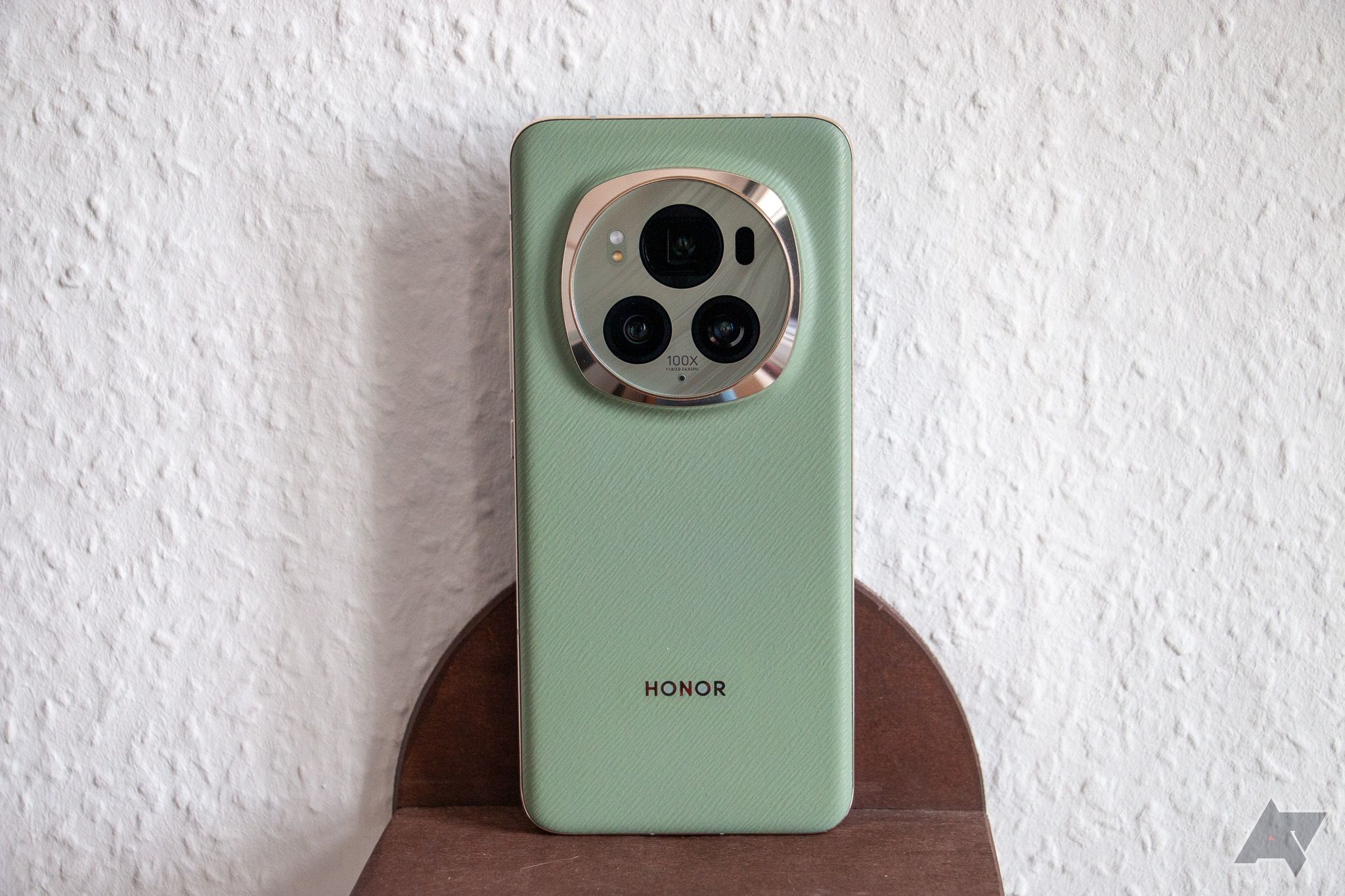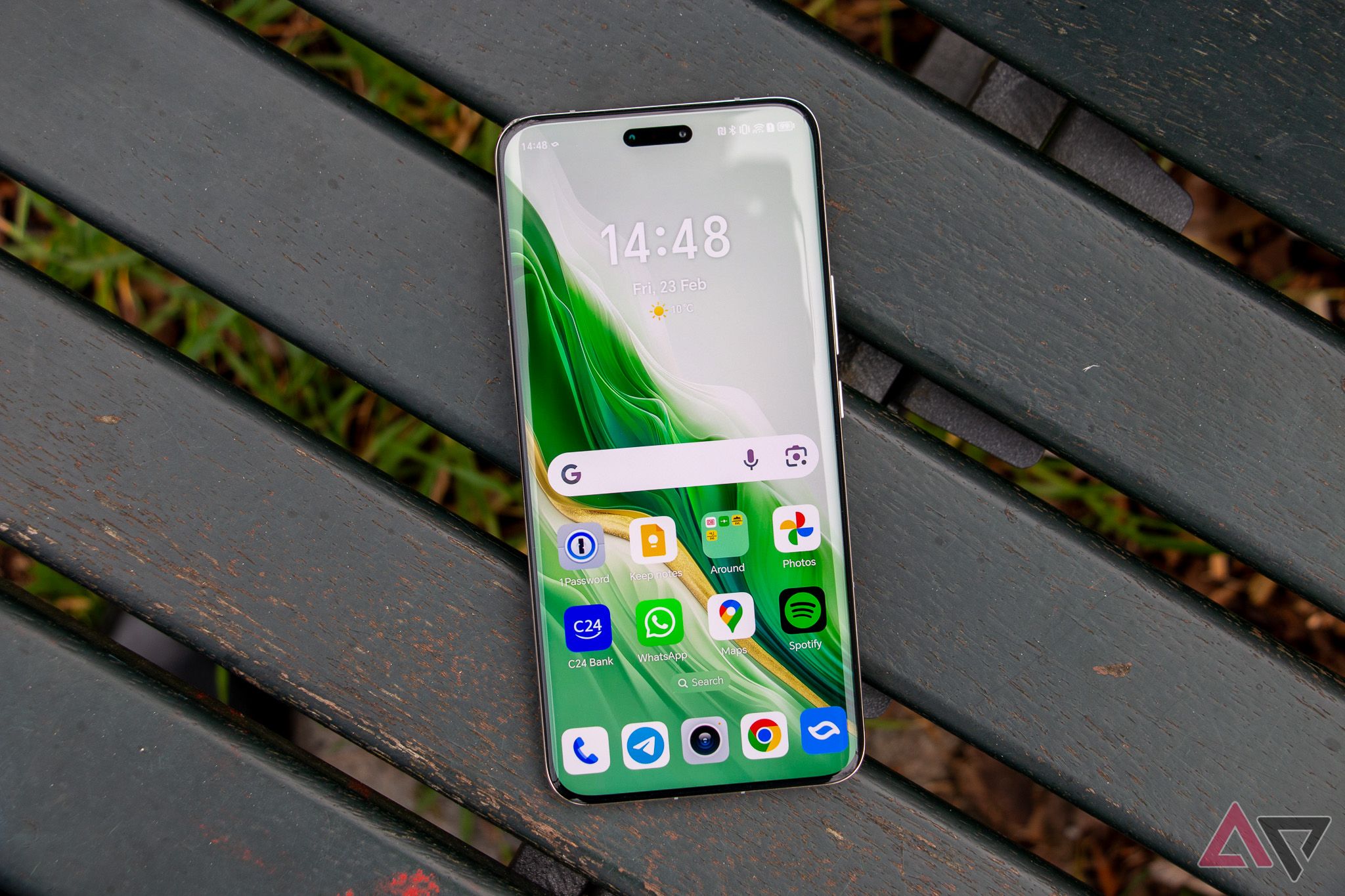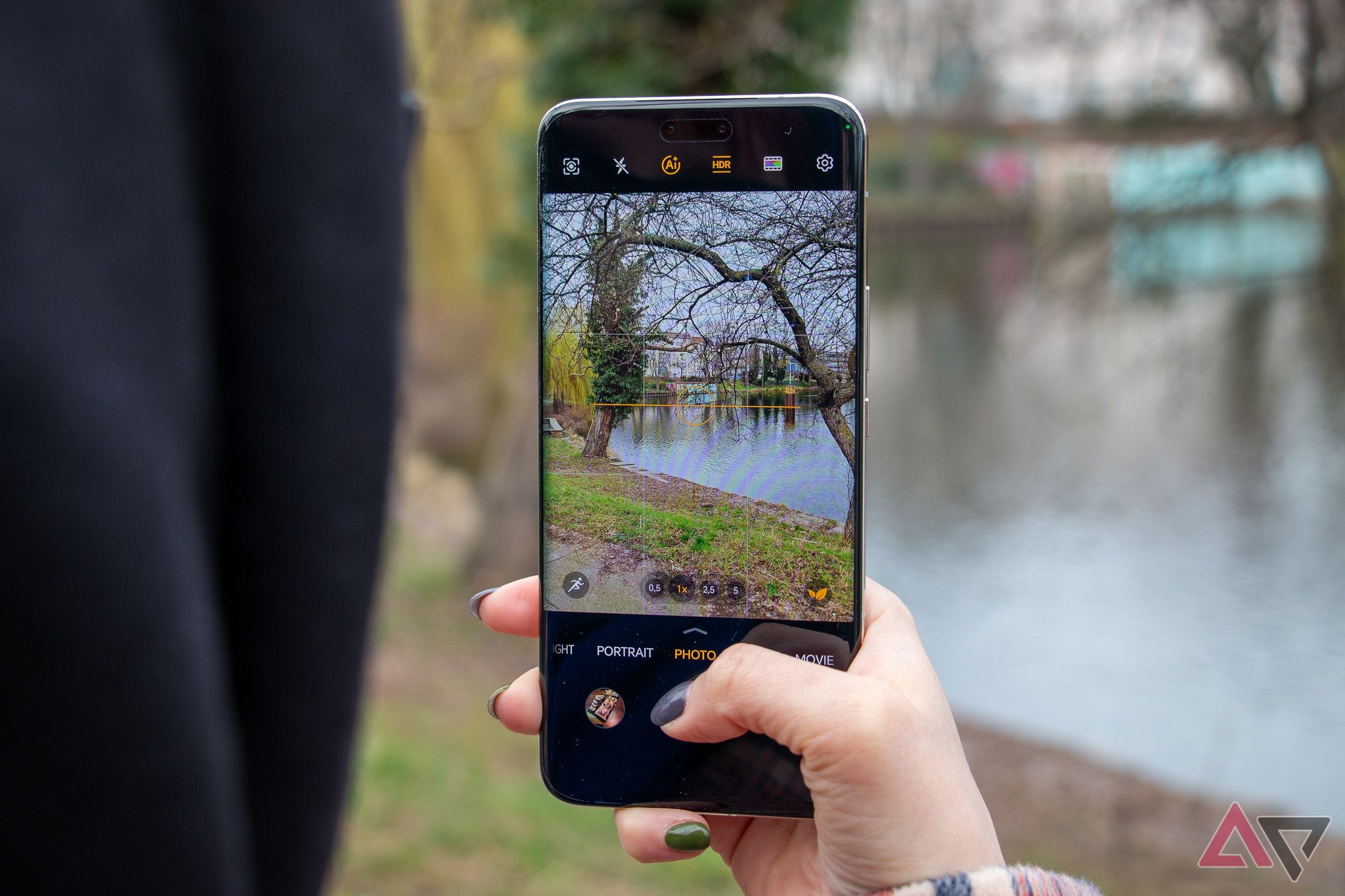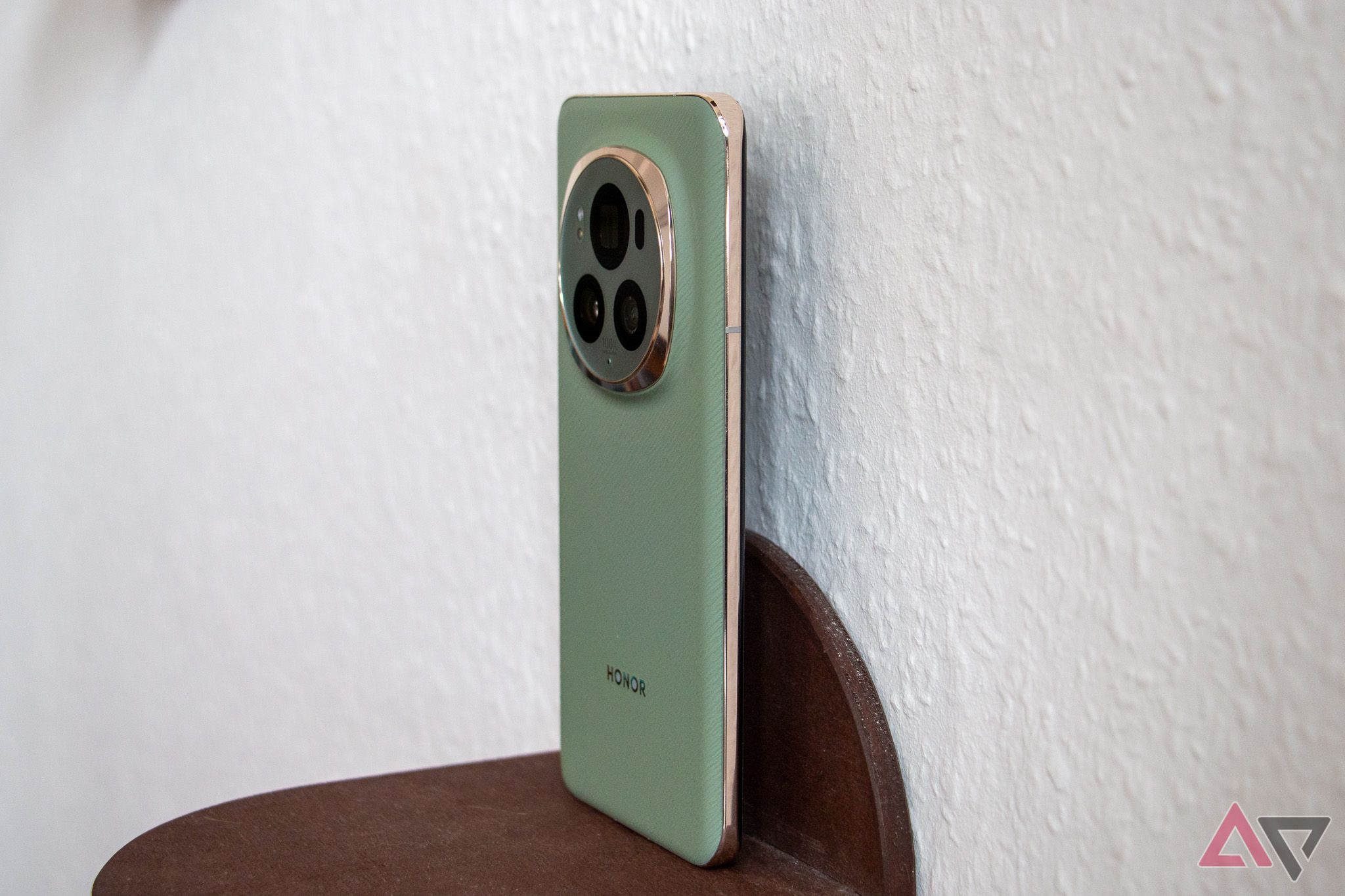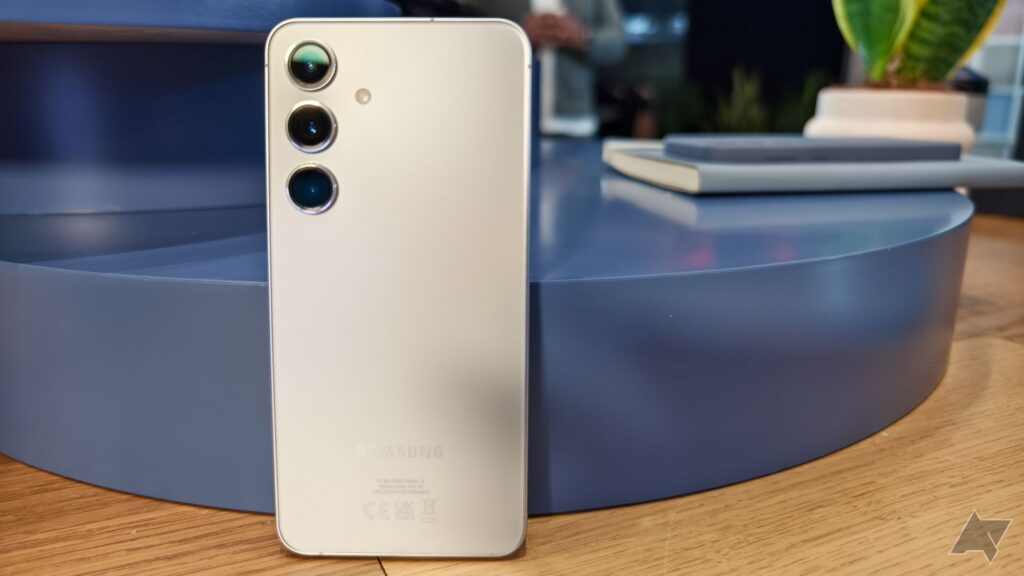Ever since Huawei was forced out of the US and other Western markets, its former subsidiary Honor has done its best to fill the hole left by what was once one of the most popular smartphone makers around the globe. While Honor still isn’t there, it’s on a growth trajectory. The company achieves this with its ever-improving lineup of flagship phones and some formidable hardware advancements in the foldable sector with the ultra-thin Magic V2.
In this review, we’re looking at the company’s latest standard smartphone, though: The Honor Magic 6 Pro. It’s a jam-packed flagship, offering unheard of battery prowess and some clever AI tricks you currently can’t find on other phones in the same form. It’s easily Honor’s best regular phone to date, and it shows just how far the company has come in both hardware and software — even if the latter could see some more improvements. Read on to find out all you need to know.
Honor Magic 6 Pro
Honor’s new flagship checks all the right marks. It has some of the best battery in the industry, a great camera setup, and some intriguing AI features. The software is still Honor’s weak spot, even if it’s much improved.
- SoC
- Snapdragon 8 Gen 3
- Display type
- LTPO OLED, 1600 nits, 120Hz
- Display dimensions
- 19.5:9, 6.8-inches
- Display resolution
- 1280×2800
- RAM
- 12, 16GB
- Storage
- 256, 512GB, 1TB
- Battery
- 5,600mAh
- Charge speed
- 80W wired, 66W wireless, 5W reversed wireless
- Ports
- USB-C 3.1
- Operating System
- Android 14 / MagicOS 8
- Front camera
- 50MP
- Rear camera
- 50MP main, 180MP periscope zoom, 50MP ultrawide
- Connectivity
- Wi-Fi 7, Bluetooth 5.3, NFC, infrared
- Dimensions
- 162.5 x 75.8 x 8.9mm
- Weight
- 225g
- IP Rating
- IP68
- Stellar battery life
- Great display
- Versatile camera setup
- Comparatively short update window
- Some unecessary design inspirations from Apple
What’s good about the Honor Magic 6 Pro?
Refined hardware meets refined design
When you look at the Honor Magic flagship series, the Magic 6 Pro’s lineage is clear. The phone exhibits the same huge camera array at the top of its back and a quad-curved screen on the front. Despite this, Honor managed to significantly improve the hardware look and feel. This comes with a small increase in price attached, with the new version costing €1,300 rather than €1,200 — a reasonable increase considering inflation and what the competitors are doing.
The camera array fits much more neatly into the overall design of the back, with smooth curves and more intricate ornaments making for a better transition that actually makes it feel properly embedded in the design and not just slapped on top. Honor also improved the balance of the device, making it a lot less top-heavy than its predecessors. My “Epi Green” review unit also has a leather-like texture on the back that feels premium all while excelling at hiding fingerprints and providing more grip than slippery glass.
On the front, the big, pill-shaped selfie camera and biometric authentication array has finally been moved to the middle rather than the top left, which makes for a more symmetric design and works better with the status bar at the top. All in all, these are overdue changes to the Honor’s flagship line of phones, and I’m more than happy to see it become an even more viable alternative to many other great Android phones out there. I’m personally still not a fan of curved screens, but Honor, Xiaomi, and OnePlus are still bastions for those that like them.
The display and the internal hardware is top-notch
Speaking of the display — it’s gorgeous. The 6.8-inch LTPO OLED screen offers a refresh rate of up to 120Hz, allowing you to scroll through content buttery smooth. The quad-curved design and the high brightness of up to 5,000 nits at peak brightness makes content practically jump out of the display, and Honor still managed to mostly avoid accidental touches with its software. The Magic 6 Pro also offers dynamic PWM dimming at 4320Hz, meaning that the display flashes on and off at much faster rates to achieve low brightness rates than many competitors. This helps some people who are sensitive to the way OLEDs lower the brightness with eye fatigue.
The screen is protected by Honor’s NanoCrystal Shield glass, which the company claims is 10 times stronger than regular glass. An inadvertent drop from about 1m onto a tiled floor that dinged part of the frame on my unit surely is supporting evidence for the screen’s durability, though this is far from a scientific test. In any case, Honor seems confident about the screen’s durability. My reviewer’s guide even recommends testing its durability by dropping the phone onto marble from a height of up to two meters — not something you see everyday.
The phone is powered by the flagship Snapdragon 8 Gen 3 processor, coupled with ample RAM and storage (12GB and 512GB, to be precise). Unsurprisingly, I have no complaints about performance. The phone is almost always fast to react to anything I throw at it, and it stays cool most of the time. That’s coupled with the latest connectivity standards like Wi-Fi 7, Bluetooth 5.3, and even an IR blaster to control your TV. IP68 water and dust resistance rating and quality-of-life security features like the optical fingerprint scanner that’s paired with a biometric face ID system rounds out this complete package.
Honor offers an impressive new battery technology
Let’s finally get to what impressed me the most. Honor added its cutting-edge battery technology to the phone. The Magic 6 Pro sports the company’s second-generation silicon-carbon battery, which offers a higher energy density than regular lithium-ion batteries with their purely carbon-based anodes. This allows Honor to pack an impressive 5,600mAh battery in the phone’s thin body, making it an instant battery champion.
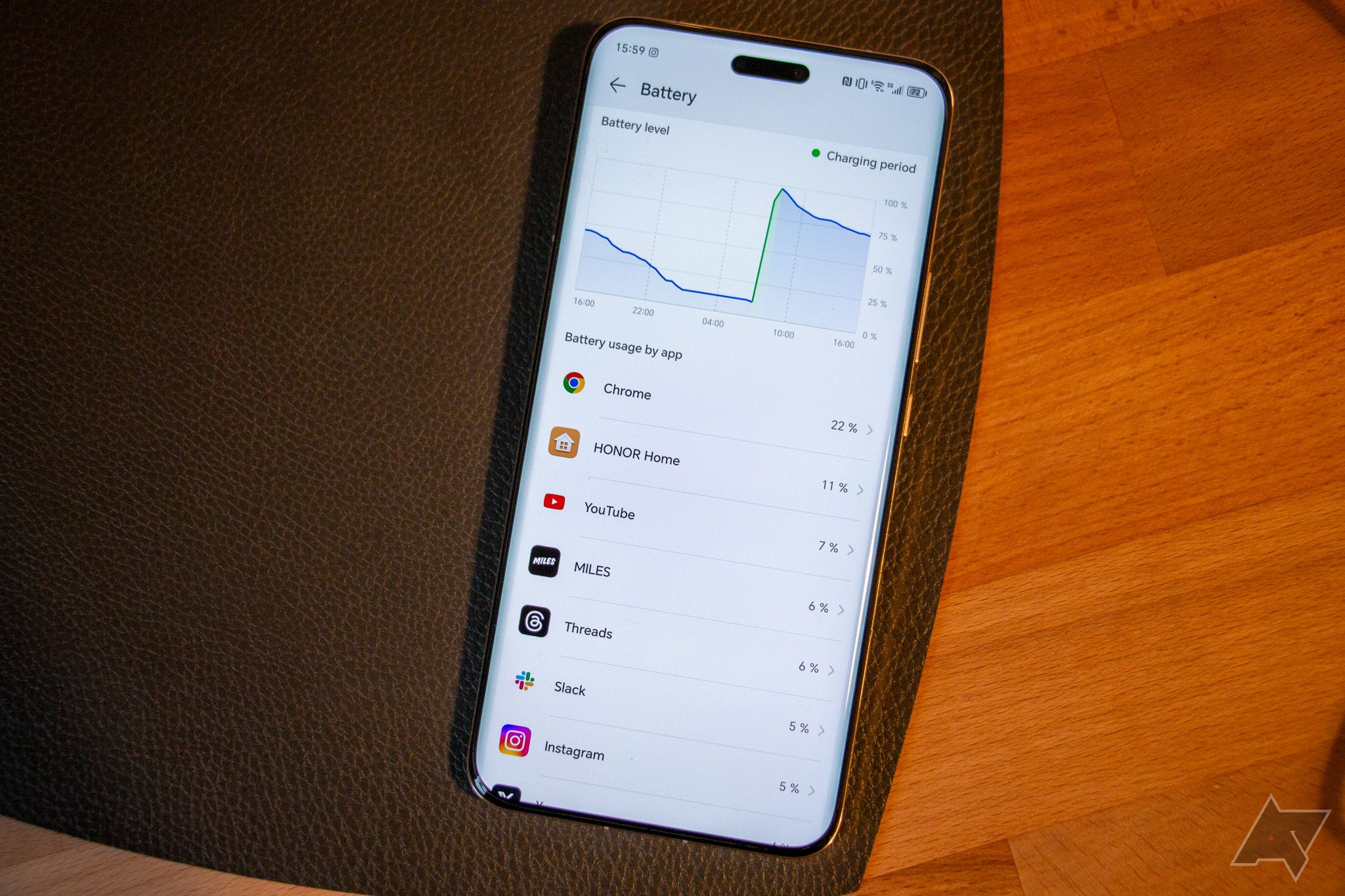
What’s special about Honor’s silicon-carbon battery?
The Magic 6 Pro features Honor’s second-generation custom battery with some unique properties
If you’re someone like me who charges their phone overnight, you likely won’t have to worry about charging unless you’re a heavy mobile gamer. In everyday testing involving days with navigation, lots of photo taking, and extensive scrolling, and YouTube sessions, I still failed to run down the battery in a single day. I’ve regularly had about three to four hours of screen-on time with 50% battery left at the end of the day. On my Pixel 8 Pro, I’d usually be down to 30% by that time. I’m sure software optimizations that value battery life over background activities played their part, too —more on that later.
On top of the excellent battery life, Honor also offers quick charging at 80W wired and 66W wireless, using its proprietary chargers in both cases. If you do run out of battery, you can quickly go from 0 to 100% in 35 to 45 minutes.
Honor seems to start taking software more seriously
Honor phones have historically struggled with software a lot, with some serious stability issues. I haven’t experienced anything like that on the Magic 6 Pro without changing my usage patterns compared to previous reviews. In fact, the software experience is pretty stable. Animations are smooth and largely make sense, and even the notoriously choppy camera app didn’t give me any trouble. MagicOS still isn’t my favorite Android skin, but when you get used to it, it’s just fine these days.
On top of this, Honor plans to add some genuinely helpful AI features. Its Magic Portal feature will allow you to select content and text and drag it to the right side of the screen to reveal a few services that you could want to share it with. For example, dragging an address should make it possible to open it straight in Google Maps. Dragging a file should open the file manager, and moving a date or time should lead you to the calendar. Unfortunately, I haven’t been able to test this myself as the Chinese version of the Magic 6 Pro I have in for review only works with Chinese apps and none of the Western services you’d expect.
It’s also good to see Honor implementing a few default Android features it previously deactivated. With MagicOS 8.0, based on Android 14, you can finally change languages on a per-app basis, which was introduced in Android 13.
The cameras take some great photos and videos
The Magic 6 Pro comes with a triple-camera setup on the back that offers some more unique features. The 50MP primary camera comes with the usual bells and whistles like optical image stabilization, but it also has a feature we haven’t seen in smartphones for a while: an adjustable aperture of f/1.4 or f/2. This is achieved with a physical shutter inside the small lens that opens and closes depending on lightning conditions. You can also manually control it with the phone’s Pro mode for some extra natural bokeh.
A subtle difference: f/1.4 vs f/2
This is joined by a megapixel-spewing periscope zoom camera that goes up to 2.5x optically and 100x digitally. Naturally, images at 100x digital zoom are never pretty, but 180MP gives the camera a lot more room for cropping and digitally enhancing the rather meager optical zoom. 10x photos look perfectly fine in comparison with other periscope zoom lenses that can go a little further optically.
0.5x, 1x, 2.5x, 10x
The trio is completed by a 50MP ultra-wide with 120 degrees field-of-view, giving you capable cameras for all kinds of images. As you can see in the samples above, colors look slightly different than when taking photos with the other two cameras. The 50MP ultra-wide on the front completes the package. The camera system is a net win for the Magic 6 Pro. It’s speedy, true-to-life, and offers tons of extra feathers like a pro mode, automatic action capturing, and overall versatility. The one thing I’m not happy with is the camera’s low-light performance, where subjects — especially my two quick cats — appear blurry more than I’d like them to.
What’s bad about the Honor Magic 6 Pro?
It’s not for you if you live in the US
If you’re in the US, the most obvious drawback of the Honor Magic 6 Pro is its availability. You may be able to import the international or Chinese version, but you could still experience issues with cellular connectivity due to a lack of certification. I’ve tested the Chinese version of the Magic 6 Pro in Germany and it works fine, but carriers and networks are set up completely differently on this side of the pond.
If you still decide to go ahead and opt for the Chinese version, there are a few more drawbacks to be aware of. It’s easy enough to install the Play Store and activate the Play Services in settings, but they aren’t there by default. Google apps and everything else you could need are also quickly added to your phone that way, with no issues whatsoever.
You can’t change the default Chinese Yoyo Assistant to Google Assistant, though, losing out on the quick shortcut and hotword you can usually use on virtually any other Android phone. I’ve also run into occasional problems with permissions, with Google Maps not capable of activating Location History and Duolingo unable to use the microphone. You’ll additionally have to deal with a few untranslated strings in some system apps and settings, though these don’t get in the way much. This also means that I can’t use Magic Portal, since the feature only works with Chinese apps.
To be extra clear: these drawbacks don’t exist when you buy the international version, which comes with Google Play Services, the Play Store, and Google Assistant pre-installed.
Honor’s software is better, but still has ways to go
Beyond this, I have some more gripes with the software. Honor had the chance to come up with some unique ideas of its own but instead opted to shamelessly copy a few things out of Apple’s book. The launcher, which doesn’t have an app drawer by default, has the same small pill-shaped search button and pull down gesture as the iOS home screen. And while I’m fine with the pill-shaped camera array that looks a lot like Apple’s Dynamic Island, Honor didn’t have to copy Apple’s approach to Live Activities.
Honor’s Magic Island Magic Capsule displays music controls, calls, timer, alarms, and active screen casts within a very similar interface. The new colored always-on display option with the customizable clock and the bottom-based notification cards also look a lot like iOS 16’s lock screen customization options, and we’ve also seen similar things in One UI on Samsung phones.
There are also still the usual aggressive battery optimizations Honor adds to its phones. Some messaging apps are seemingly allowed to run in the background by default, but this isn’t true for the vast majority of third-party apps. When you want timely and reliable notifications from apps like Google Tasks or Duolingo, you have to head to Honor’s battery settings and turn off optimizations manually. Thankfully, it’s possible to turn these off globally for all apps, so you don’t have to dig into specific important apps if you just want them to work without worrying about it.
With the huge 5,600mAh battery, I’m sure Honor could have chosen a less aggressive approach out of the box. A phone that doesn’t reliably send notifications out of the box misses an important mark, even if you gain an hour or two of usage from a single charge that way.
It’s also a shame that Honor still doesn’t match other brands’ update policy. Despite playing in the same price league as for the Google Pixel 8 Pro, the Samsung Galaxy S24 Ultra, and the iPhone 14 Pro Max that will all receive software updates for up to seven years, the Magic 6 Pro will get four years of Android updates and five years of security patches. You can argue that phones usually don’t last this long anyway without at least switching the battery, but that’s not the point. The other manufacturers are leaping ahead of Honor in this department.
Should you buy it?
The Honor Magic 6 Pro is all-in-all an impressive device with some serious hardware breakthroughs. Like with most other Honor phones, it’s held back by its software, even as the company works on getting up to par with the Samsungs and Googles of this world. That’s in part thanks to clever tricks like its Magic Portal, which could become a genuinely useful AI feature that fits cuts down on a lot of copying and pasting.
If you want the latest and greatest hardware more than a software experience that is polished to the levels of iPhone and Pixel smoothness, you’ll be happy with the Magic 6 Pro. The same is true if you value battery life above everything else, thanks to Honor pairing a big battery with its software battery optimizations. Combined with the polished hardware and the versatile camera setup, it’s Honor’s most enticing phone in a while.
There are still reasons to go for different phones, though. If you don’t like curved screens, the Magic 6 Pro isn’t for you. Software also still isn’t Honor’s strongest suit, especially when you care about timely updates or maybe even joining the Android beta programs.
